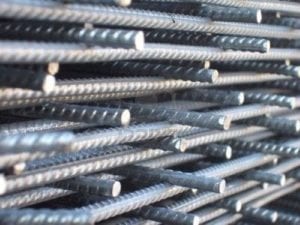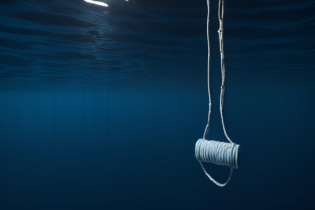The challenges faced by the South African downstream steel sector are threatening the viability of the entire industry.
This is according to Warne Rippon, Executive Director of steel major, Allied Steelrode.
According to Rippon one of the primary issues that needs to be addressed is the ongoing ‘stalemate’ the industry has been experiencing with its primary steel producer. Rippon recommends that careful scrutiny of the short, medium and long-term viability of the mill be undertaken urgently.
“The local downstream steel sector has been placed in an untenable position with an outdated mill producing expensive steel – the quality of which leaves much to be desired – in a total monopoly with no competitor since the closure of Highveld Steel.
For these reasons – and if it is established that the primary steel producer is not able to either operate fairly or indeed to the benefit of South Africa’s steel industry – due to the lack of technological or financial investment – closure of the facility could potentially become an unfortunate reality,” Rippon asserts.
Stimulating the downstream sector
He adds that, should this eventuality transpire the alternative would be to invite selected foreign steel mills to export to South Africa – which would need to be imported duty-free and warehoused locally – so that the industry could have accessible and affordable steel readily available.
Rippon estimates that this would stimulate the downstream sector – currently totally in the doldrums – and result in consumers paying up to 30% less per kilogram of steel.
“This would, in turn, stimulate a broad spectrum of steel-consuming industries; and would ultimately see increased tax revenues flowing to our fiscus, which is not the case with the current loss-making raw steel producer,” he explains.
Erratic price fluctuations
The downstream steel sector has to contend with various very thorny and troublesome issues at present: most notably, the erratic and unpredictable fluctuations in the primary pricing of steel.
“These fluctuations make quoting even three months ahead exceptionally challenging,” continues Rippon.
Lack of structured discounts
A further issue is the lack of structured discounts from the primary raw steel producer to leading tier one steel suppliers. Rippon points out that this lack of procurement incentive is compelling local steel suppliers to consider importing more of their requirements from foreign steel suppliers.
“The drive to import is gaining more impetus on a daily basis, as there is serious doubt in the industry about the ability of the local raw steel to produce the level of quality required by manufacturers such as the automotive sector; or, for example, to produce hard-wearing steel in coil plate such as MC 700 material – and many other popular products which industry requires. This is really impacting on the downstream sector’s ability to be competitive,” he emphasises.
Protective government tariffs
In addition, Rippon echoes an over-arching concern expressed by many companies in the downstream steel sector, about the fact that protective government tariffs appear to be to the sole benefit of the steel mill – and afford no protection to other steel industry participants.
The resulting lack of competitiveness has seen South Africa’s steel industry being supplanted by Chinese and European suppliers, which are able to supply steel at quality and prices that are highly competitive.
“Regarding local projects, when they awarded, government should also provide incentives to local steel companies to buy locally produced material, a factor that would protect the local industry and jobs,” Rippon adds.
“The steel industry and the CEO task force are urgently seeking the engagement and co-operation of government in mapping out a realistic recovery plan which will breathe new life into the downstream steel sector – and ultimately also South Africa’s economy,” Rippon concludes.








